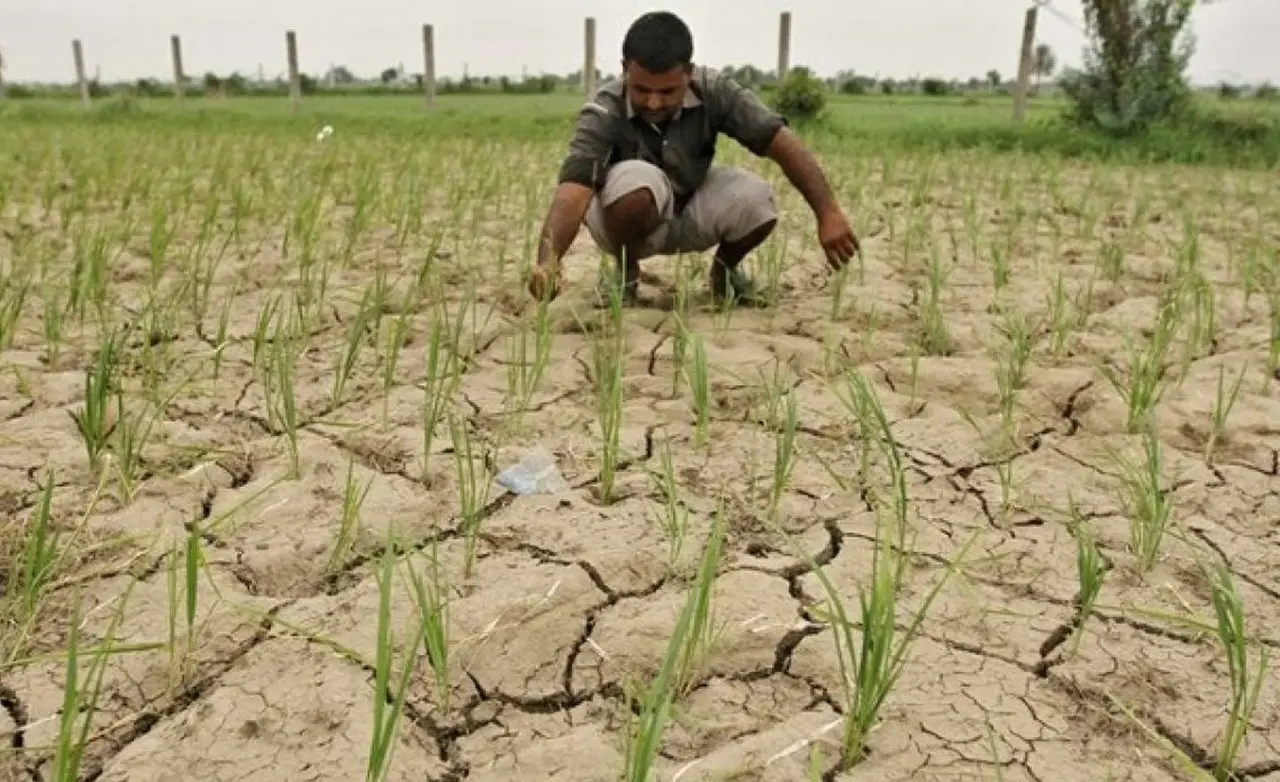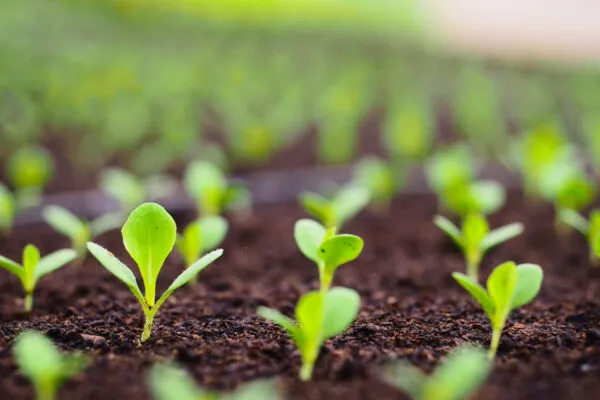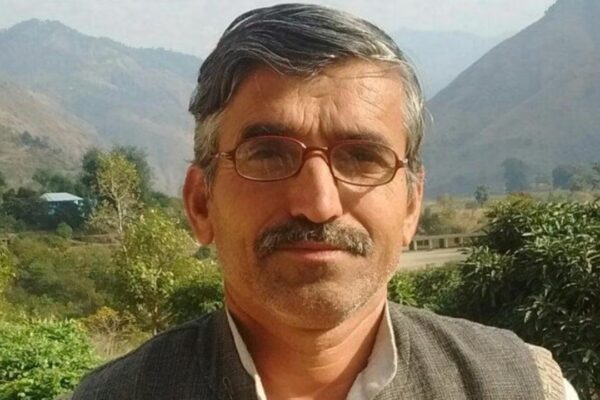Prolonged Dry Spell Threatens Himachal’s Winter Crops, 23 Percent Rainfall Deficiency in State
Rabi crop yields of wheat, barley, mustard along with citrus fruits seem doomed amid rainfall deficit

Image: Krishi Jagran
A prolonged dry spell in Himachal Pradesh is threatening wheat, barley, and mustard along with citrus fruits amid the rainfall deficit. Himachal Pradesh is experiencing a post-monsoon rainfall deficit with a 23 percent drop in precipitation 63.9 percent more than the usual 82.9 mm rainfall in winter months. Kangra district of the state is particularly affected, where farmers and fruit growers are worried about crop yields as the prolonged dry spell has dried up rabi crops and citrus fruits.
These crops were planted in the latter half of October when it last rained. Since then, the state has had little to no rain, with many parts facing drought-like circumstances. There are only a handful of irrigation facilities in the state as most of the agricultural land is rain-fed. If the situation persists, the damage to these crops would be irreparable and the state could face the loss of orange, kinnow, galgal fruit crops along with grains.
#Shimla city IMD recorded a mere 2.4mm #Rainfall in month of #December 2022
Max touched 20°c twice & Min didnt went below 1°c in Dec 2022
Also, this is the Lowest Dec month Rainfall after 2009 & 2nd lowest after 2005
Dec 2022 = 2.4mm
Dec 2009 = 0.6mm
Dec 2005 = 1.1mm#Himachal pic.twitter.com/cONb2nNibP— Weatherman Shubham (@shubhamtorres09) January 2, 2023
Shimla Met office representative said on Monday that the state received around 63.9 percent rainfall in the winter months of October through December, which is 23 percent less than the normal 82.9 mm during the same period. In December 2022, the state experienced a total of 6.4 mm of rain against the 38.1 mm normal.
CSK Palampur Agricultural University has instructed farmers to plant wheat varieties later to counter the rainfall deficit. VL 892, HS 490, and HPW 373 are among the recommended wheat varieties. It is also advised that farmers should use a greater rate of 6 kg per kanal (150 kg per hectare) to increase the chances of higher yield.
Rainfall has been 20 percent above normal in Bilaspur, Mandi, Shimla and Sirmaur districts, while Chamba, Kangra, Kullu and Solan have experienced 19 percent shortage below normal. Hamirpur, Kinnaur and Lahaul-Spiti received rainfall insufficiency ranging between 20 percent and 59 percent below average, whereas the Una district had over 60 percent of normal rainfall.
The shortage of precipitation can also lead to an aphid insect attack on the wheat crop, which is why the farmers are advised to regularly monitor their crops and use the suggested insecticides.
Via: Krishi Jagran


